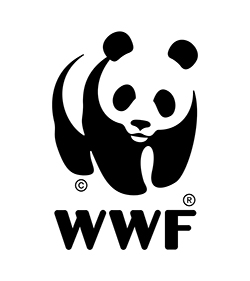Protecting Singapore’s last forests and their biodiversity
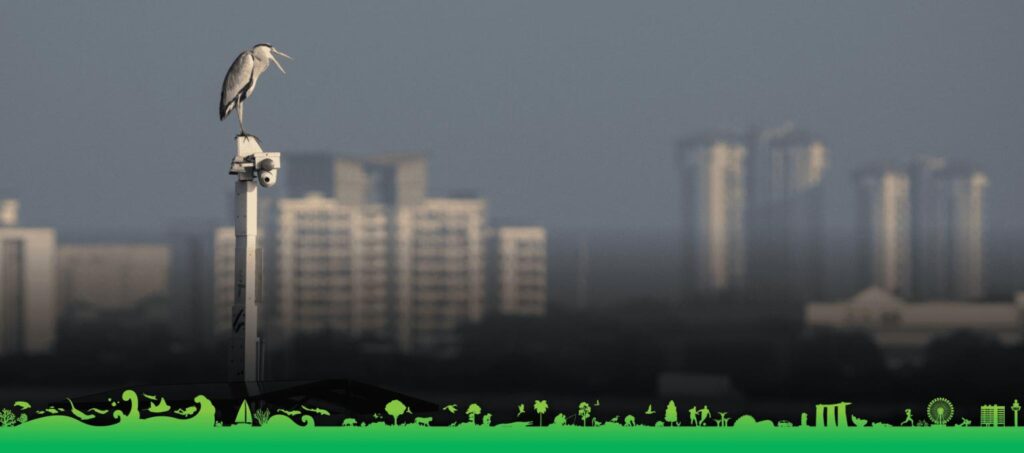
Protecting Singapore’s
last forests and
their biodiversity
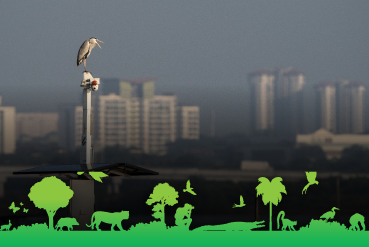
Our coastal ecosystems are at risk
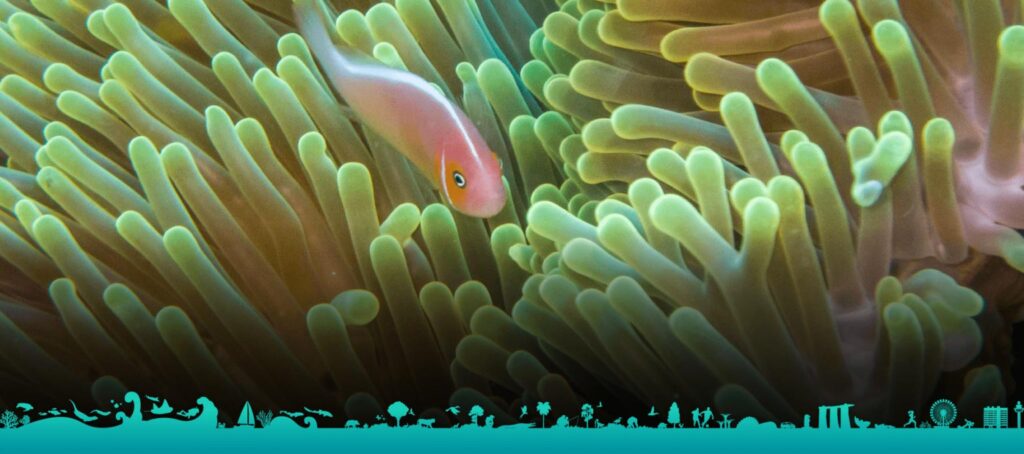
Our coastal ecosystems
are at risk

The Climate Change is making
our Home sick
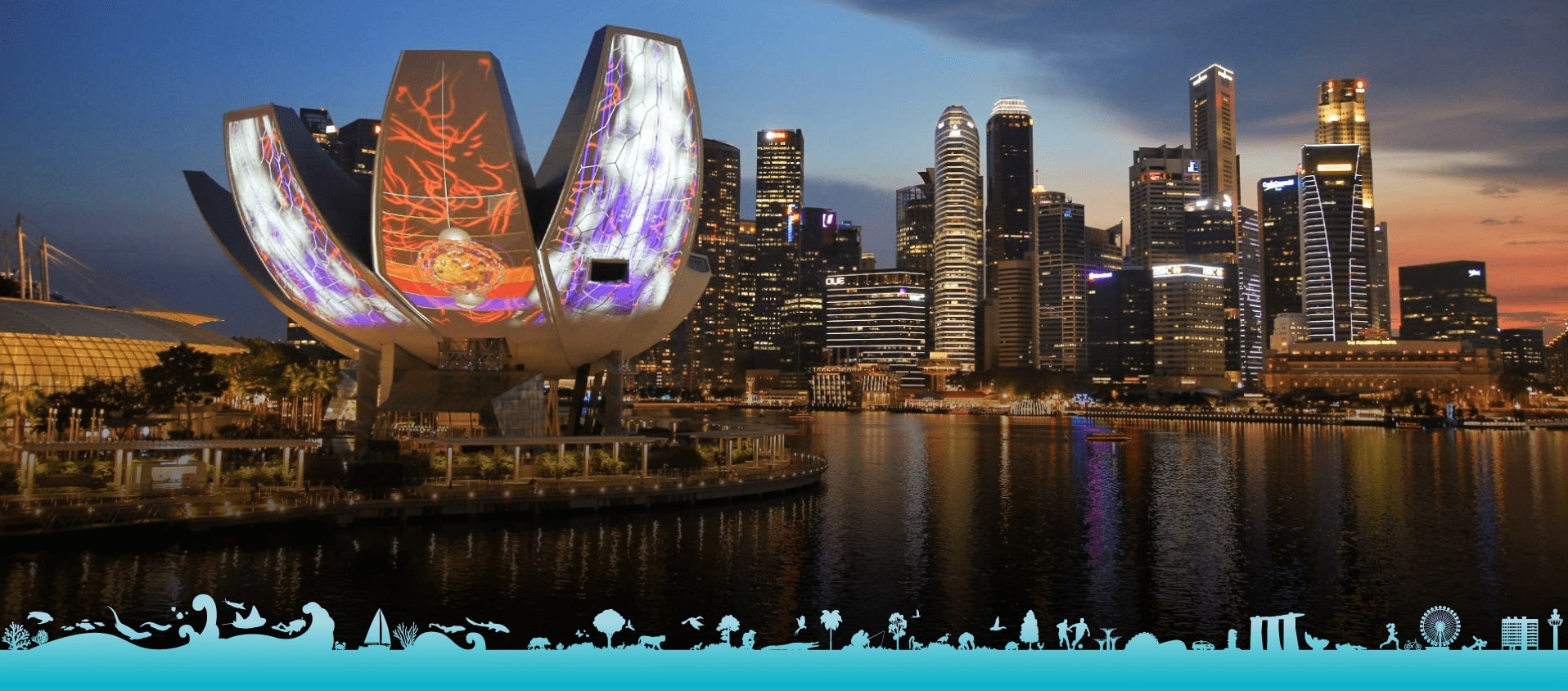
The Climate Change is making our Home sick
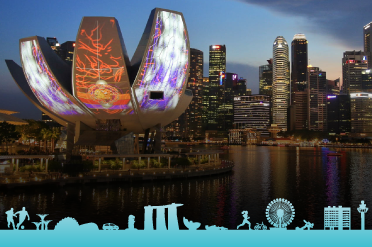
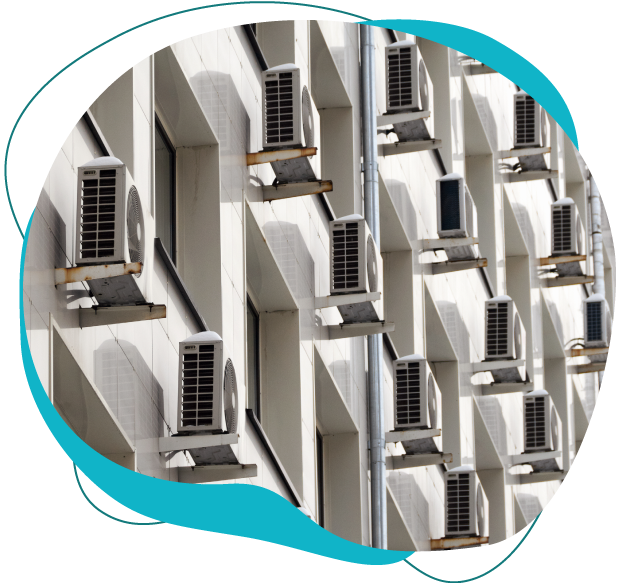
Singapore is heating up twice as fast as the rest of the world
Warmer temperatures are not just a result of greenhouse gas emissions from human activities, but the urban heat island effect too. This happens when vegetation that deflect radiation from the sun is replaced by buildings, roads and other infrastructures that absorb the heat instead.
As the need for cooling rises, so too will the need for air-conditioners. The result: a vicious cycle of more heat being generated in Singapore!
Intense rainfall:
An impact of
climate change
Seasonal heavy rain and flash floods are now a common occurrence in Singapore. This is a result of higher land temperature that causes faster evaporation, and ultimately returns as rain.
Such intense rainfall can overwhelm our drainage systems and lead to more frequent flash floods, disrupting lives and damaging properties.
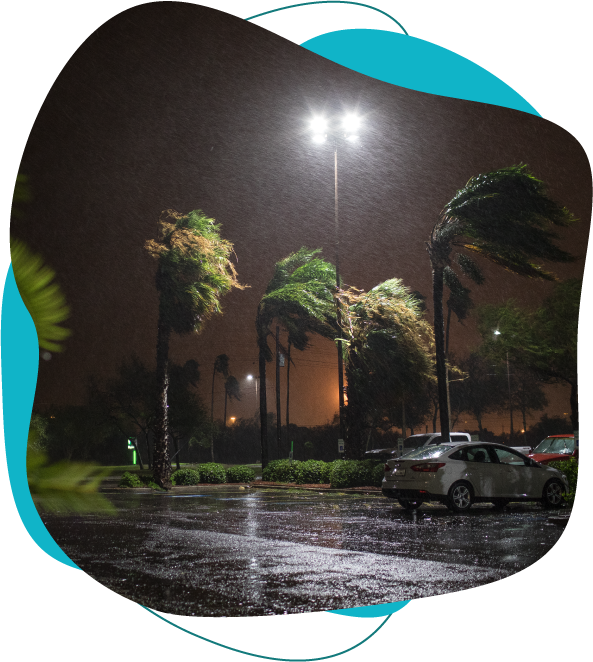
It’s time to act. Will you help us tackle climate change?
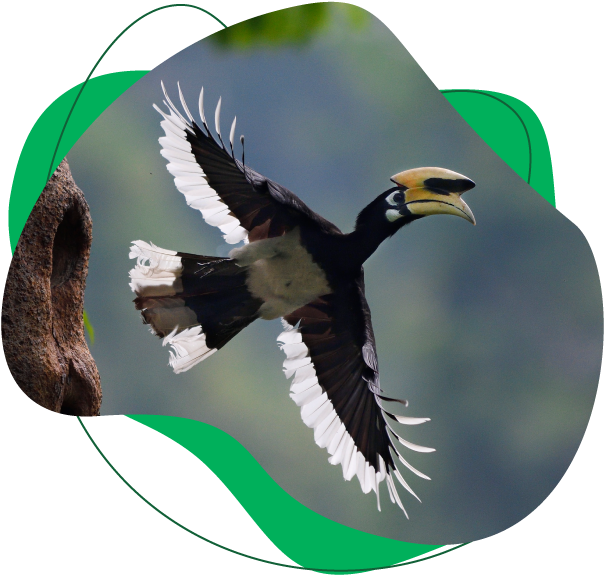
Our need for urban development makes preserving the natural environment a challenge
As a country with land scarcity, the struggle to protect Singapore’s forests from urban development is real. People desire for forests to be protected, but competing needs such as housing and infrastructure may need to take precedence too.
Reversing biodiversity loss in Singapore
With nationwide efforts by the government and organisations to restore greenery and habitats in this urban city—such as through reforestation, building nature parks and wildlife corridors, and cleaning up waterways—we are seeing more wildlife species settling in Singapore.
We must not take this for granted.
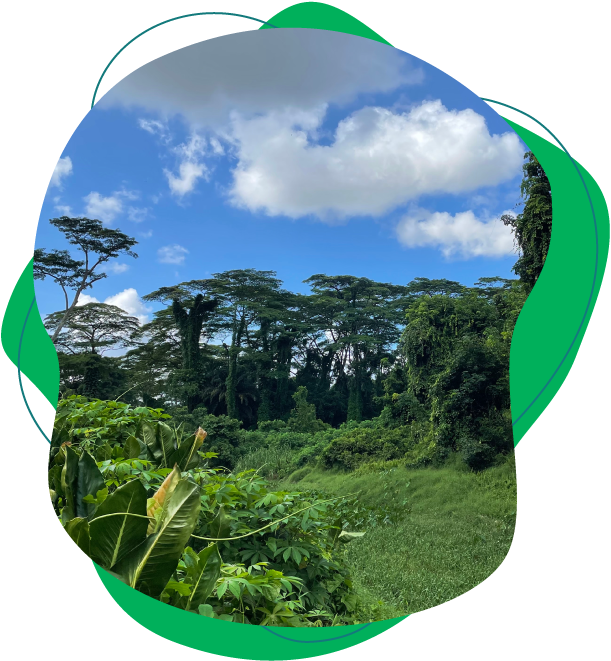
It’s important that we protect what we can. Will you help us care for the environment?
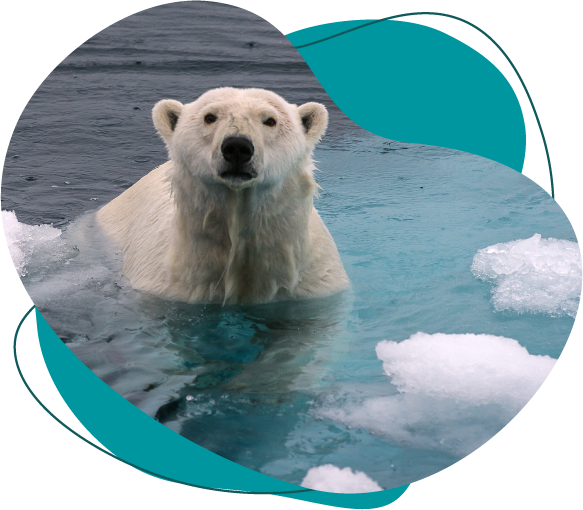
What happens at the Poles
doesn’t stay at the Poles
When the ice caps melt, more water will be drawn to the equator, close to where Singapore sits. We could be greatly affected by rising sea levels—not only at our coastal areas, but inland areas such as Bishan and Toa Payoh could also be at risk.
The way we consume
seafood is harming
ocean health
Plenty of fish in the sea? Not anymore. Our vast ocean is not limitless—90% of fish stocks are already fully fished or overfished. In fact, 3 out of 4 seafood species we commonly consume in Singapore are not produced sustainably.
We are talking about the ikan kuning in nasi lemak, the silver pomfret that goes well with teochew porridge and the sea bass in fish curry—they are considered to be over-exploited, or from unsustainable, overfished and poorly-managed fisheries.
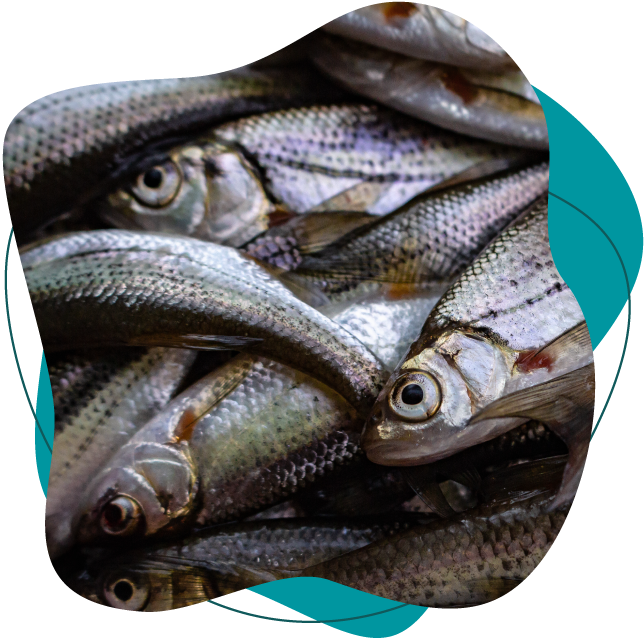
It’s time we care for ocean health and the animals living in it. Will you join us?

Singapore is heating up twice as fast as the rest of the world
Warmer temperatures are not just a result of greenhouse gas emissions from human activities, but the urban heat island effect too. This happens when vegetation that deflect radiation from the sun is replaced by buildings, roads and other infrastructures that absorb the heat instead.
As the need for cooling rises, so too will the need for air-conditioners. The result: a vicious cycle of more heat being generated in Singapore!

Intense rainfall:
An impact of
climate change
Seasonal heavy rain and flash floods are now a common occurrence in Singapore. This is a result of higher land temperature that causes faster evaporation, and ultimately returns as rain.
Such intense rainfall can overwhelm our drainage systems and lead to more frequent flash floods, disrupting lives and damaging properties.
It’s time to act. Will you help us tackle climate change?

Our need for urban development makes preserving the natural environment a challenge
As a country with land scarcity, the struggle to protect Singapore’s forests from urban development is real. People desire for forests to be protected, but competing needs such as housing and infrastructure may need to take precedence too.

Reversing biodiversity loss in Singapore
With nationwide efforts by the government and organisations to restore greenery and habitats in this urban city—such as through reforestation, building nature parks and wildlife corridors, and cleaning up waterways—we are seeing more wildlife species settling in Singapore.
We must not take this for granted.
It’s important that we protect
what we can. Will you help us care
for the environment?

What happens at the Poles
doesn’t stay at the Poles
When the ice caps melt, more water will be drawn to the equator, close to where Singapore sits. We could be greatly affected by rising sea levels—not only at our coastal areas, but inland areas such as Bishan and Toa Payoh could also be at risk.

The way we consume
seafood is
harming
ocean health
Plenty of fish in the sea? Not anymore. Our vast ocean is not limitless—90% of fish stocks are already fully fished or overfished. In fact, 3 out of 4 seafood species we commonly consume in Singapore are not produced sustainably.
We are talking about the ikan kuning in nasi lemak, the silver pomfret that goes well with teochew porridge and the sea bass in fish curry—they are considered to be over-exploited, or from unsustainable, overfished and poorly-managed fisheries.








